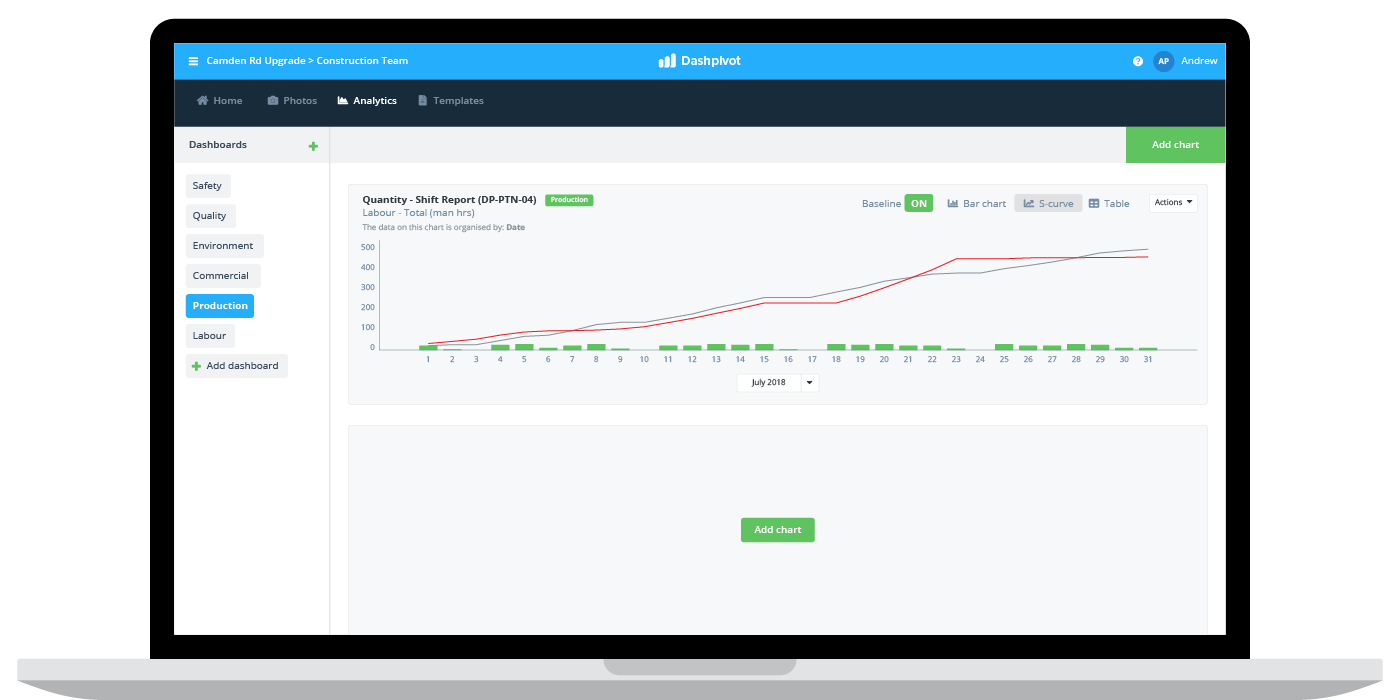Finance – EAC in project management

EAC in project management: What to know about estimate at completion (EAC)
What is EAC in project management?
EAC or the 'estimate at completion' is the forecasted cost of a project, after the project has begun. EAC may be calculated and used during any stage of the project as a sanity check and measure against the original forecast (budget at completion or BAC) as well as the project schedule.
EAC in project management is part of the earned value management method, which seeks to give project managers and companies a more objective measure and more visibility into progress against the two main dimensions of performance: cost and schedule.
Although all companies set a plan and BAC at the outset of a project, as a project progresses, there is very often some variation and deviation from this original plan - which makes it important to provide better estimates throughout a project which stem from new and improved information.
Differences between the BAC and EAC in project management can stem from many different factors including unforeseen cost variances, risks, safety issues, incorrect assumptions and more. In some cases, the original budget for the project may be completely invalid due to some external force.
Once a number or single significant change in the forecast takes place, the EAC replaces the BAC as the new budgetary forecast.
Management and other stakeholders are constantly looking for new and improved updates, and these asks fall at the feet of project managers and other personnel who are charged with using EAC and other project management tools to verify that the project is on time and on budget.
Estimate at completion is used across many industries, but is particularly useful in industries like construction, oil and gas and mining, where projects run for many years and include many interdependent parties and external forces.
EAC project management
EAC in project management has some of the most flexibility and customisation around formulas of any of the project management measures.
The EAC formula can differ from company to company and project to project, depending on the level of information available, as well as what is deemed most appropriate and accurate.
The most common approach and most common EAC formula stems from a bottoms up approach, where the actual costs (AC) are added to the forecasted remaining spend. The combination of these two numbers gives us our EAC.
In the above formula, actual costs refers to the costs incurred on the project so far, while the estimate to complete (ETC) is the forecast for how much more money will need to be spent to finish the project - or the amount of money needed to complete the work.
Unlike many of the other project management formulas which are quite rigid and simple, there are a number of different ways in addition to the above EAC formula which companies and project managers can employ.
The main reason for incorporating a different EAC project management formula is that there has been a number of variations, so the above estimate to complete or actual costs don't reflect the probable forecast for the rest of the project.
In these cases, where the project has encountered a one-time or unique variance, the following EAC formula will likely be used:
EAC = Actual costs (AC) + Budget at completion (BAC) - Earned value (EV)
When your project has encountered variances which are expected to recur and continue throughout the rest of the project (post-EAC calculation), the following formula is used:
EAC = Budget at completion (BAC) / Cost performance index (CPI)
In the above formula, the cost performance index is another earned value formula you can read about here.
In some cases, when a client is demanding a project be finished on time, companies must use an even more complicated EAC formula:
EAC = AC + (BAC - EV) / (CPI*SPI)
The above EAC formula introduces another 'element', which is the schedule performance index, which is taking the past schedule performance and standardising it so we can forecast future schedule variance based on this past performance.
The EAC project management formula you choose will of course depend on the current status of the project in terms of cost and time, as well as how accurate and relevant the initial forecast was and whether or not the rest of the project is expected to go to plan.
Where possible, keep the formula as simple as possible, as additional complexity isn't always better or more accurate.
How to calculate EAC in project management
How to calculate EAC in project management will of course depend on the formula you choose to use above. But let's take a look at an EAC calculation example which assumes that the rest of the project will look similar to the first portion of the project in that future performance is expected to be the 'same' as past performance on this project.
In this case, we want to use the CPI as our cost performance index, and forecast that performance value across the rest of the project.
In this case, we use the formula:
EAC = BAC / CPI
As an example, let's find the project EAC in the following scenario:
Original BAC = $1,000,000
Actual cost (AC) to date = $600,000
Planned value (PV) = 50% of $1,000,000 = $500,000
Earned value (EV) = 40% of $1,000,000 = $400,000
First, we calculate the cost performance index 50% of the planned way through the project:
CPI = EV / AC = 400,000 / 600,000 = 0.67
We then take this low CPI (which indicates we are overbudget) and apply it to the EAC in project management formula:
EAC = BAC / CPI = 1,000,000 / 0.67 = $1,492,537
The above EAC calculation shows us that if our current performance continues as forecasted based on what we have learned to date, then the new estimate at completion is $1,492,537 which is almost $500,000 over budget.
This is obviously pretty bad news for the company and project manager with the new EAC indicating that the project is not performing well. But, at least this company can make some changes and informed resourcing decisions about what to do for the next phase of the porject, as well as use this new information and new EAC to inform future bids and projects.
How to better track estimate at completion throughout a project
You can probably see from the above estimate at completion formulas and calculations how it can be a really powerful tool for project-based companies.
The problem with EAC in project management is much like all project management theories in that the above formula and calculations are derived from the theory, and simplified into plain numbers.
When managing a project, costs and schedules are changing every second of every day, and just tracking all of this data can be a logistical nightmare.
Today, companies are starting to get all of this data under control by utilising enterprise content management softwares and other tools.

These systems are enabling companies to capture, organise and track all of their cost and schedule data in real-time.
Instead of a project manager having to wait for project information in the form of word docs, PDFs, excel sheets and paper-forms to trickle in to their desk from site, a project manager can have real-time visibility over all of this information - and it's automatically sorted and organised for easy interpretation.
EAC in project management is only as useful as the data is accurate and timely, and these systems are enabling companies to get data where it needs to go faster than ever before - and resulting in more informed decision making throughout the course of a project.
Getting your estimate at completion right starts with knowing what EAC is, and applying the right formulas and calculations to your numbers, but the rest of the battle is with managing project information in a way which makes it accessible, useful and reliable.
Your EAC should get more accurate with each passing phase of a project, and more accurate as each project passes.
EAC in project management is at the heart of good proactive project management.
People in 100+ countries use this software to track EAC in real-time.
